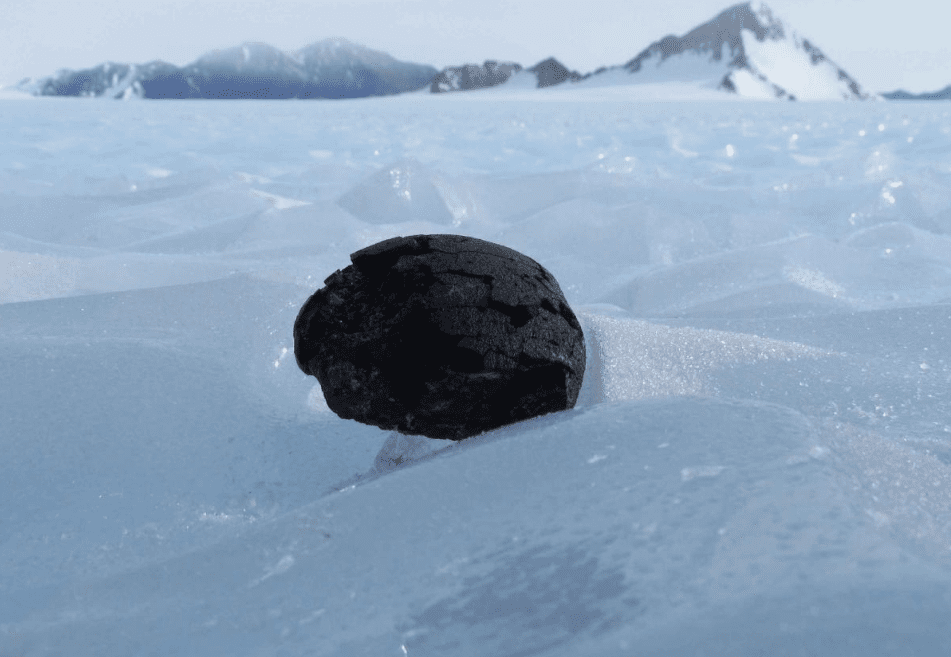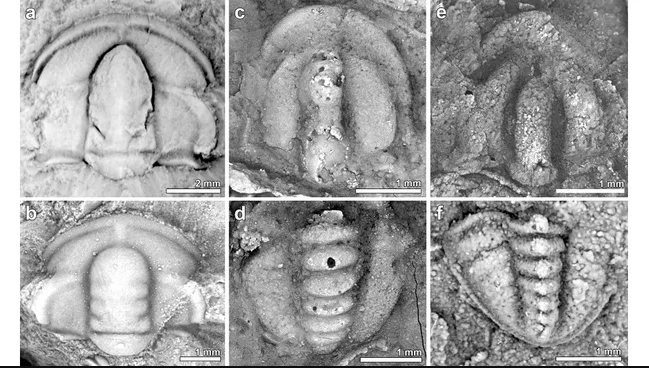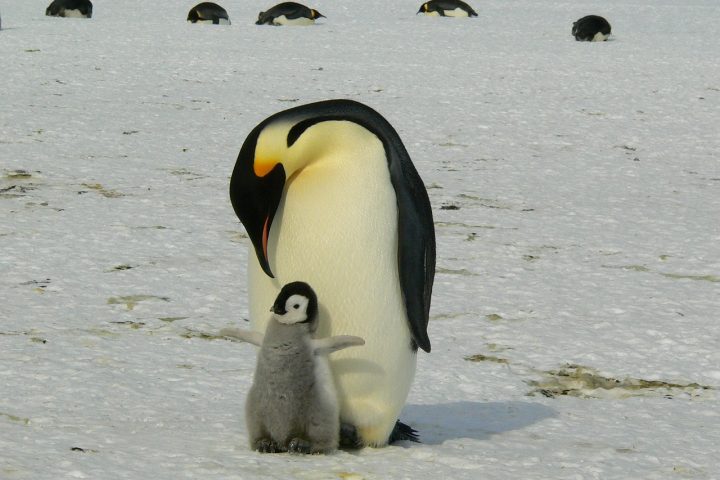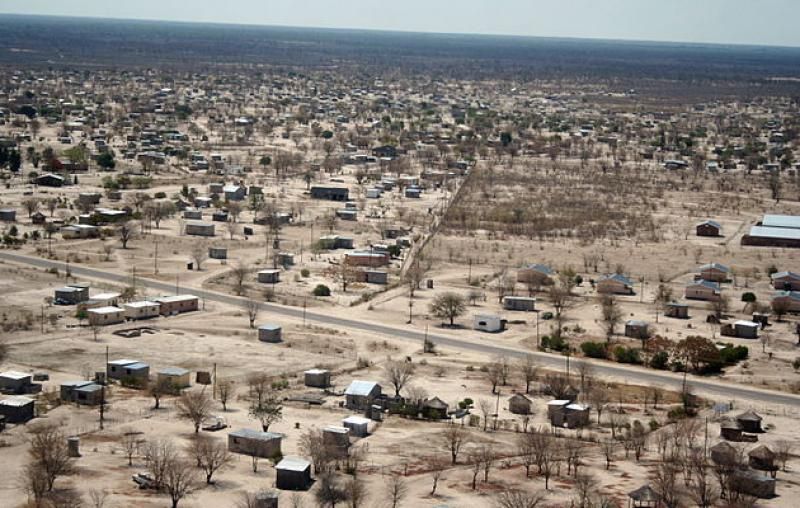Using artificial intelligence, scientists have found that there are probably more than 300,000 asteroids in Antarctica waiting to be discovered. A “treasure map” has been prepared on where these stones can be found.
Almost two-thirds of the earth’s asteroids have been captured in Antarctica.
The continent’s cold, dry air ensures the protection of rocks from space. Asteroids that fall into Antarctica settle in the ice sheets over time. Ice sheets are also shifting to the edges of the continent.
Most of these meteorites stuck in the ice fall into the ocean. However, some meteorites accumulate in blue ice areas that change color due to factors such as wind.
If the flow pattern of ice, as well as climate and terrain conditions, are appropriate, the asteroids remain exposed on the surface of blue ice. This allows researchers to easily detect them. Astronomy-focused news site Space.com reported that almost all of the asteroids found in Antarctica were discovered in blue ice regions.
On the other hand, many of these regions were found entirely by chance and thanks to experience in costly reconnaissance missions. In addition, in many missions, experts return empty-handed. Because factors such as temperature, wind speed and topography turn meteor hunting into a game of chance.
More than 600 sites identified to house asteroids
Scientists have developed a new strategy based on artificial intelligence to identify unexplored regions in Antarctica that are likely to harbor asteroids based on similarities of places where asteroids were previously found.
The team transferred data and satellite imagery collected in previous reconnaissance missions to an algorithm. AI conducted an analysis using temperature, ice speed, tilt and radar data.
According to results published yesterday in the peer-reviewed scientific journal Science Advances, the algorithm correctly identified about 83 percent of its regions known to be rich in asteroids.
AI has also identified more than 600 regions where there could be a large number of meteroits, along with those that have not yet been discovered.
Scientists have found that more than 45,000 meteorites found in Antarctica to date make up only 5 to 13 percent of all meteorites in the region.
Glaciologist Veronica Tollenaar, who was part of the research team, said they calculated that more than 300,000 meteorites remain unexplored in Antarctica.
Noting that artificial intelligence is not 100 percent accurate, Tollenaar warned that people working in the region may not find meteorites in case they get a bad surprise.




